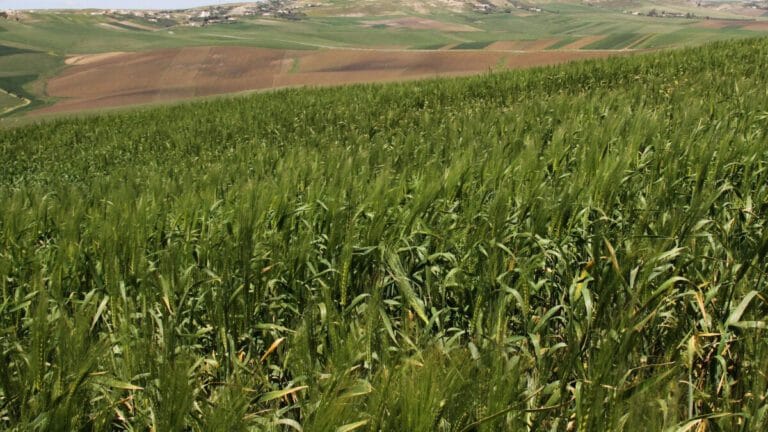Summer 2025 confirms a trend that is now well established: extreme heat waves are disrupting Moroccan agriculture. Climate change is no longer a hypothesis; it is already making its presence felt in the fields.
Crops in distress
With temperatures regularly exceeding 45 °C, plants are struggling to cope. In Casablanca-Settat, wheat is experiencing a significant decline, while red fruits in Agadir and Taroudant have not survived the heat: entire plants have been burned by peaks nearing 50 °C.
Water, a resource under pressure
Every day, up to 1.5 million m³ of water evaporate, worsening an already critical situation. Weakened dams, overexploited aquifers, intensive irrigation: water management is becoming an energy and strategic challenge.
A vulnerable agriculture
With more than 80% of agricultural land dependent on rainfall, Morocco remains at the mercy of the climate. Sensitive crops, such as watermelons and salads, suffer losses of up to 40%. In the oases, the disappearance of palm trees is accelerating due to a lack of suitable replanting.
A heavy economic impact
Agriculture, which accounts for 14% of GDP and supports nearly 40% of the active population, is seeing its productivity decline. Some crops lose up to 70% of their yield during heat peaks. Morocco must then import more to ensure supply, at the cost of an increasing trade imbalance.
Towards urgent adaptation
Solutions are emerging: more resilient varieties, drip irrigation, control of withdrawals, post-harvest storage infrastructure… But the pace of climate change requires rapid and multisectoral mobilization.
“Just one day of heatwave can destroy a harvest,” warns Karim Chemaou, a producer in Kénitra. The observation is clear: agricultural resilience has become a strategic priority. And in this battle, every degree counts.


